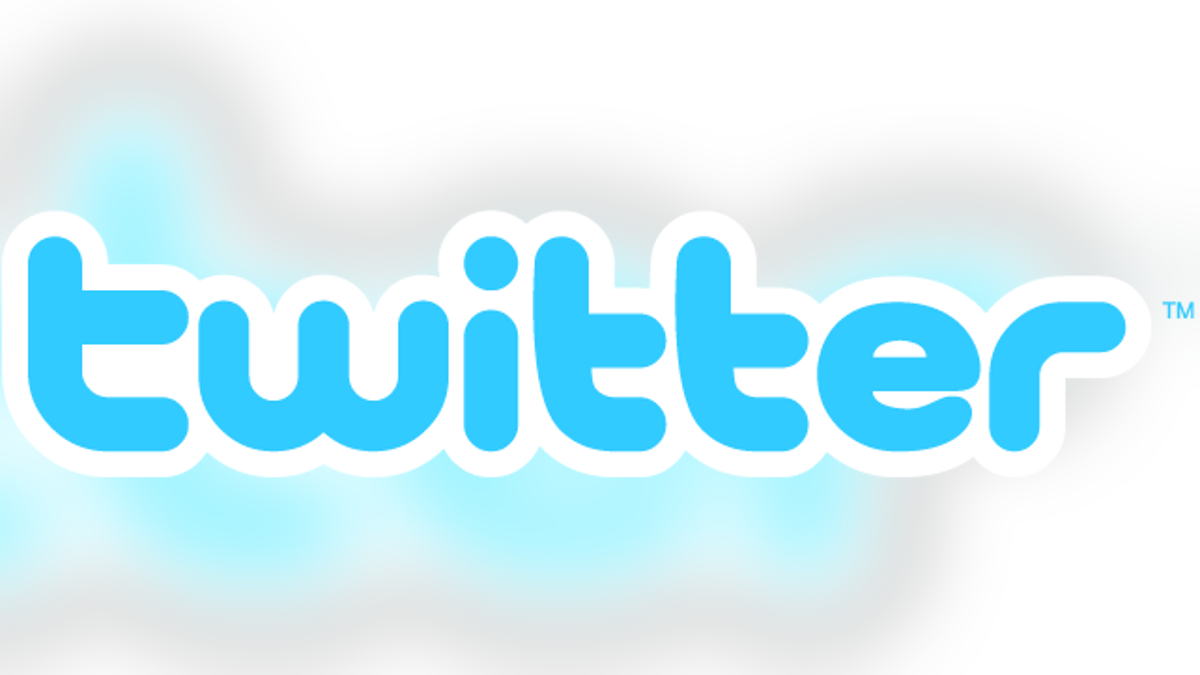
(Twitter)
Twitter is a social networking site that has exploded in popularity over the last few years. According to its official website, users send some 250 million tweets each day.
Micro-blogging is a great way to keep track of your interests and to share your thoughts and findings with others. Some of the lingo might seem daunting (hashtags? tweetbacks?), but it’s easy to become a tweeting pro in no time with these few steps:
Choose your identity
At this stage of the game, it is possible that someone who shares your name has already created a Twitter account. In this case, you have to get creative when coming up with your “handle,” or the username that shows up at the end of the URL. Numbers, underscores and abbreviations are all popular ways to customize your username. Then add your real name, which will show in your profile and serve as a way for people to find your account. You can go back and make changes to your username and information later. Select a profile picture.
Become a follower
When you subscribe to someone’s Twitter updates, you become one of their followers. If that person decides he or she wants to subscribe to your tweets, he or she will follow you. The tweets of someone you follow shows up on your timeline, your list of tweets, in real time. This helps you keep track of what other people tweet.
Think 140-character thoughts
Now you are ready to participate. You might be surprised at what can be said in 140 characters. Don’t tweet about your every action or share your every thought. Some popular uses for Twitter include sharing interesting links and articles, bring up topics or current issues and making interesting observations.
Strike a balance
Anything you put on the Internet will stay there forever, and the same can be said about tweets. You can delete an individual tweet, but there is no guarantee that it didn’t already do its damage. Don’t post anything incriminating, or that you wouldn’t want your mother to read. If tweeting is part of your job, find a balance between personal tweets and work-related tweets. This also goes for what you retweet as well. Decide if you want to make your tweets public or private.
Learn the lingo
Figure out the difference between a direct message, which your send to one person privately, and a normal tweet, which will appear publicly. This will prevent you from accidentally tweeting your phone number or other personal information to all of your followers when you meant to send it to one person.
You can mention another Twitter user by putting the “@” symbol before his or her username. This will appear on your profile like a regular tweet and the timeline of the recipient if he or she is one of your followers. You can publicly tweet someone by sending an “@reply.” This will appear on your profile page, the recipient’s if he or she followers you, and the timeline of anyone who follows both of you. The hashtag symbol, “#,” is used before keywords to help Twitter categorize tweets and see what users are talking about. Buzz words and popular hashtags may end up as trending topics.
Plug in
One of Twitter’s greatest features it is portability. It is easy to catch up with your timeline and tweet from your smartphone. You can also receive text message updates. Tweet pictures and videos on the go. This is a good way to keep your followers, and yourself, engaged.
